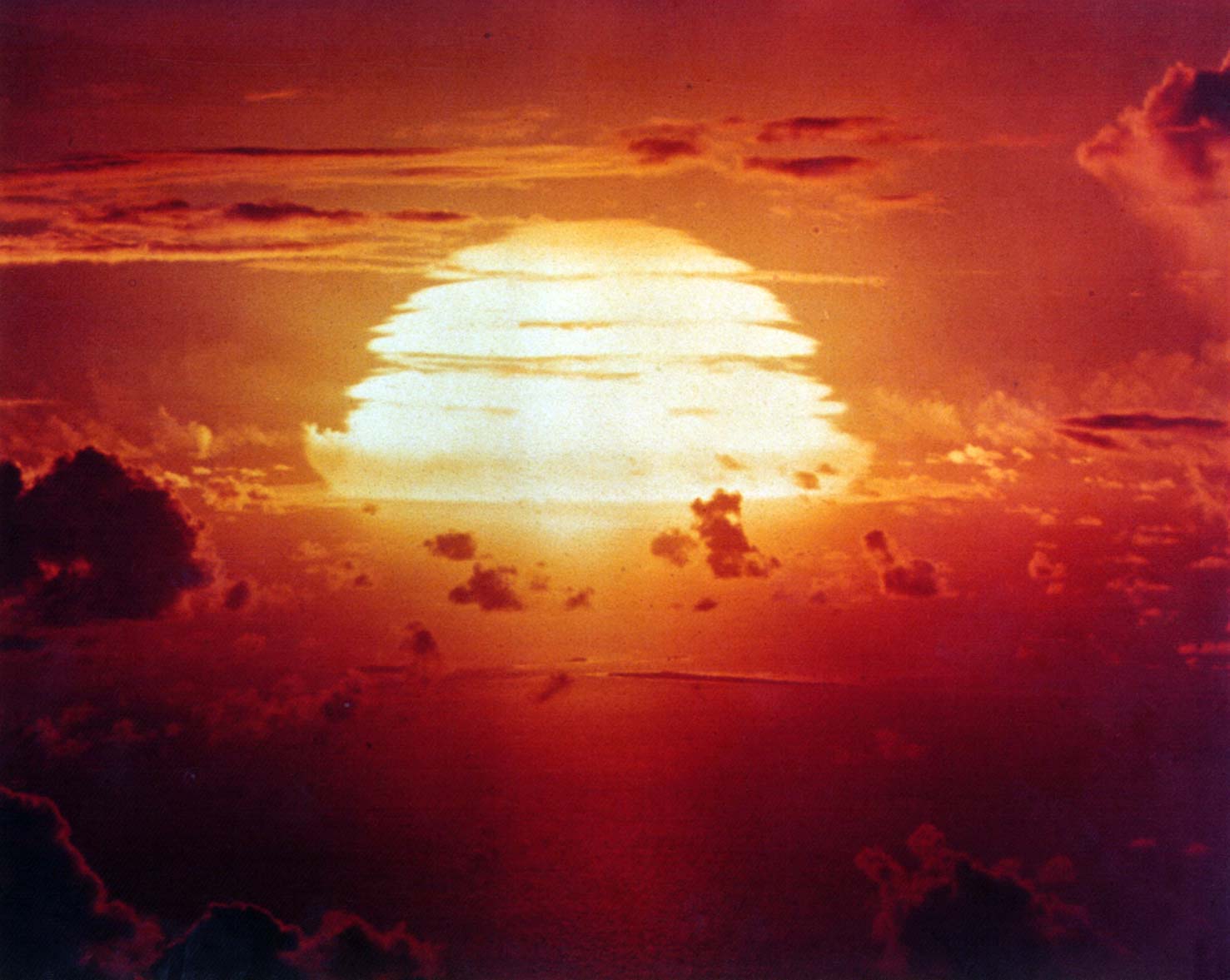
As the war in Ukraine surpasses the one-year mark, the effort to divorce Russia from its oil supplies is still going strong. But some are asking: Is it working? Trying to bring the Russian economy to its knees, the US and its allies have escalated sanctions on the Russian economy. While many aspects of the sanctions packages have seen mixed results, it is clear that measures aimed at distancing the West from Russian energy supplies will form the crux of the attempt to punish Putin’s regime.
The Russian economy, and that of its predecessor the Soviet Union, have long relied on oil and gas revenues to prop up the country’s economic fortunes and to pay out the costs of geopolitical competition. The war in Ukraine requires increased Russian expenditures and therefore will cause the Russian government to look for other customers for its energy supplies. Though the full effects of the European decision to reduce Russian oil and gas have yet to be seen, it is clear that Russia is beginning to look towards growing Asian economies to fill the gap in its coffers.
How receptive Asian and Middle Eastern nations are to Russia’s overtures may signal the extent of Washington’s success in cordoning Russia off from world markets.
Tough Business
The importance of energy revenues to the Kremlin cannot be emphasized enough. In the early 2000s, a time in which Putin managed to consolidate one-party rule in the Russian Federation, major federal budget surpluses were due in large part to high oil prices (pre-2008). Reorganizing the finances of the Russian Federation and ensuring the stability of the country’s pension system could be made possible by taking advantage of the country’s vast energy resources and potential. In writing an article on the importance of energy revenues to the country’s status as a great power in 1999, a younger Putin argued that the distribution of the profits could ensure better living conditions for the Russian people. The added benefit, of course, is that it can also discourage protests against the reigning regime. Clearly, the growth and maintenance of Putin’s domestic control is incumbent on bringing in high profits and spreading the wealth from nationalized industries.
Even as political relations worsened, energy had previously remained a sphere of cooperation between Russia and Europe. Yet, on June 3rd, 2022, as part of the sixth package or round of sanctions on Russia for its invasion of Ukraine, the European Union adopted a partial embargo on Russian oil. Despite the rocky relationship that had existed between the EU and Russia after Russia’s seizure of Crimea in 2014, the supply chains from Russia to Europe, particularly the energy-hungry economies of Western Europe remained. Therefore, the decision to embargo Russian oil was a major step for the European Union in confronting Russia over its aggression in Ukraine. As a result of the unprecedented condemnation of Russia’s large-scale land war, policymakers across the European continent were able to come together and get the needed votes to agree on limiting Russian energy imports.
To reduce dependence on Russian energy but avoid complete chaos in world energy markets, transatlantic leaders decided that the aforementioned energy embargo would only go into effect months later in December 2022. That delayed implementation gave European energy providers some time to find alternative energy sources. But that task hasn’t proven straightforward. Russia’s proximity and already-built infrastructure meant that Europe did not need to look farther afield, until very recently. As Europe scrambled to find new sellers, Russia has sought out new markets for its plentiful energy resources.
New Customers?
Europe’s decision to divest from Russian energy supplies has forced the Russian Federation to look for alternative buyers in order to fill rapidly depleting state funds. A recent report from Forbes Ukraine pegged the total cost of the war at somewhere around US$82 billion. Given that estimating such a complex sum is difficult to make cumulative, and also that the war is showing no signs of ending, the need to come up with revenue is significant for the survival of the current Russian regime, and also to achieve the Kremlin’s war aims. Since international companies have left the country in droves, less revenue is available from the financial and manufacturing sectors. Therefore, leveraging its vast resources has been and will continue to be a major focal point for the Russian government.
Therefore, the question is, if not Europe, where can Russia sell its oil and gas? The first (and perhaps most obvious) place where Russia will seek to increase its contracts is in China. Given that energy ties between the two countries date back decades and China’s economy has been stably growing since ending their covid-lockdowns. The Russian oil and gas fields in Siberia are ideally situated to cater to the large cities and industrial plants in Manchuria and even farther afield, Beijing. On the diplomatic front, China has not complied with the price caps put in place by European leaders to stop Russia from earning energy revenues there and has come out against them.
In 2014, the completion of the ‘Power of Siberia’ pipeline connecting gas fields in Irkutsk and Yakutia to China proved a milestone in facilitating such trade. In the present, as Russian gas company Gazprom scrambles to find new markets, this pipeline has served as a medium for a new contract. Press reports from Gazprom late in 2022 indicate that after a call from the Chinese state gas company CNPC to increase supply from Russia, record daily gas flows were recorded on December 9th, 2022. As ‘Power of Siberia’ ramps supply to hungry Chinese markets, a new pipeline is in the works: ‘Power of Siberia 2’. Taken together, the recent flurry of diplomatic overtures to China and the construction of a new pipeline to be operational in 2030 indicate that Moscow views the future of LNG and oil sales to lay in selling to Asian economies via the Russian Far East.
In aiming to sell in the East, Russia is not only looking to sell to China. Initially pressured by the West to break ties with Russia, India has remained interested in importing Russian energy supplies. India imported Russian oil in record quantities throughout 2022, benefitting from the discounted prices. In an interview with Foreign Policy, Shivshankar Menon, former Indian national security advisor, underlined the deep energy ties between the two countries. He noted that Indian firms collectively have invested around US$16 billion in the Russian oil industry. Such deep investments indicate that even if the war drags on and the West continues to reduce consumption of Russian oil and gas, New Delhi will remain a key customer for Moscow. Besides China and India, other Asian nations importing large amounts of Russian oil and gas include South Korea and Japan.
An Unexpected Lifeline
As Russia hunts for new customers, it has already caught several breaks. The first is surprising cooperation from the Gulf countries, which are US allies but also participate in OPEC alongside Russia. The UAE and Saudi Arabia both embarrassed the United States when they maintained robust relations with the Russian Federation after Western pressure to cut those ties following the brutal invasion of Ukraine. In the summer of 2022, Russia and India were able to use the UAE currency, the dirham, to conduct an energy deal. A port in the Emirates, Fujairah, has processed some of this Russian oil heading to South Asia. Indeed, the Gulf has lent Russia an outlet for conducting energy geopolitics with a freer hand outside of Europe.
The decisions of the Gulf states to continue partnering with Russia in OPEC and in oil refining/storing operations did not go unnoticed in Washington. In late 2022, a diplomatic row between Riyadh and Washington caused President Biden to directly accuse the Saudi government of assisting the Russian war effort and mentioned that there could be ‘consequences.’ Further rifts between Saudi Arabia and the US could pave the war to even deeper ties between Russia and the Gulf region. That would force the US into an even more challenging position in severing Russia from global energy markets. This decision reinforces a perception by many third parties to the conflict that supporting the principle of national sovereignty and reinforcing the US opposition to the Russian invasion to the detriment of one’s own economy may not be a choice that some countries are willing to make.
A New Eurasian Energy Equilibrium?
Growing pressures on natural resources and rapid economic growth result in a desperate need for energy supplies not only in China and India but elsewhere on the Eurasian landmass. The eagerness displayed by these customers for greater supplies of oil and natural gas indicates that Russia will still be able to raise revenues for its ongoing invasion of Ukraine, even if the West cuts itself off completely of Russian oil and gas – a prospect that may not be out of the realm of possibility. This not only raises important questions for Western efforts to help Ukraine win the war, but also underscores the growing influence of countries like India and the UAE in geopolitics. Despite close ties to the US and European states, those nations have not adopted the Western positions on the Russo-Ukraine war. These conditions no doubt pose questions about the strength of US influence on Eurasian politics.
Russia’s ability to find new customers, to some extent, argues for the US to adopt nuanced approaches to crippling the ability of the Russian state to fund the war in Ukraine. US leaders have underscored the grotesque human cost and grave blow that this war strikes to international law. US President Joe Biden argued that “This world should see these outrageous acts for what they are” before the UN at the 77th Session of the General Assembly. At a Quad summit earlier that year, he made special efforts to encourage Delhi and Tokyo to take harder stances against Russia. Given that Russia continues to sell copious amounts of gas, US leaders may look to offer sweeter energy deals to prospective partners in Africa and Eurasia as a more convincing path to divorce Russia from large oil and gas revenues. With interest in clean energy on the rise globally, the Biden administration may have more tools at its disposal than it thinks to combat the global energy crisis. Taking the lead on driving clean energy technologies at home may be a long-term but necessary strategy for Washington to counter Moscow’s influence in worldwide energy markets. What is clear, however, is that whoever provides the world’s most populous countries with energy will gain a great advantage in the coming years.





